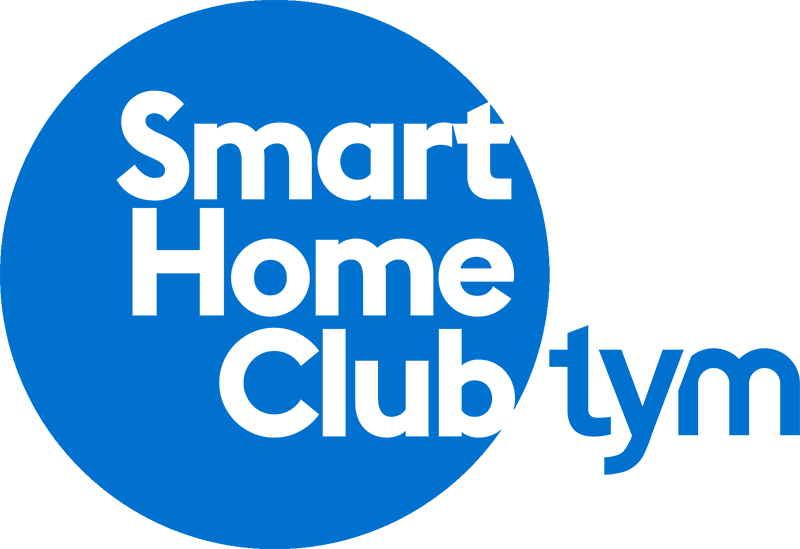With smart homes, there are two worlds: dealer/pro; and DIY. With the recent proliferation of DIY devices, the concept of Integration has become a little fuzzy, and even a little confusing. So lets do a quick review, and hopefully bring some clarity to the discussion.
What is Integration?
The best analogy I ever heard was of a language translator. Imagine you have two people trying to speak to each other through a translator. One person speaks French, and another person speaks English. The translator has to pass the communication from one person to the other, translating the language, and delivering it in a way that both people can understand.
In the programming world we call this translator an API, or Application Program Interface. A company like Sonos makes its API available to other third party companies like Lutron, or Control4. Control4 can then write programming to communicate to Sonos’ API, and send Sonos commands.
What is Open Source?
Now not every manufacturer wants their API to be available. Originally, both Nest Thermostat and Sonos locked their system down, and didn’t release the API for integration.
Open source means that a company like Sonos makes its API readily available for other companies to integrate.
So What’s Licensing?
Licensing happens when a company like Apple licenses Airplay, and other manufacturers include it on their hardware. This is what DTS is doing currently with Play-Fi.
Now this is a little different than true integration. Lets say I buy a surround receiver that’s licensed Play-Fi. I can play music through that Receiver via the Play-Fi app, but I can’t control the receiver.
The licensing makes the hardware a ‘host,’ but it doesn’t let me control the host. It just lets me access the software living on the host. In this example, I could access Play-Fi that’s on the surround receiver, but I couldn’t control the receiver.
Now this isn’t a perfect rule, or even a perfect example, but it gives you a better feel of the concept.
What’s Pay To Play Integration?
Here’s where it gets a little interesting. Some companies have a ‘pay to play’ integration approach. You see this a lot with DIY products. A company makes an API available, but only for a premium price.
So for example, Samsung Smartthings negotiated some kind of arrangement with Ring.Com. So you’re able to access Ring.com through the Samsung Smartthings app.
Now if you go to Ring.com’s FAQ page, and click the ‘technical’ button on the side bar, you’ll see they don’t currently offer an API. So companies like Samsung have to pay for the integration, or negotiate some kind of mutually beneficial agreement.
Now I want to be really CLEAR here. I’m not suggesting this is bad, it’s not bad at all. If that works for the companies involved, why not. I know a lot of clients who have products that paid to integrate, and they’re thrilled with the outcome.
Pay to play integration is not bad. As a consumer you shouldn’t be afraid of it, but it does cause some confusion. Many of our clients assume that because two devices talk to each other, the integration for both products is open source.
Why This All Matters?
Some clients are ok using multiple apps. I know a prominent builder in our area who builds AMAZING homes. He told me that he doesn’t mind at all opening up dozens of apps.
But there are other clients who prefer one app to rule them all. I think with voice control, this will become increasingly important. When you’re designing your system, and road-mapping your phases, you want to know how the different pieces will Integrate down the road, or if they will integrate at all.
The video doorbell, might be the most common example of this right now. Most clients prefer the look of the Ring.com doorbell, However, it’s limited on integration.
DoorBird is an open source video doorbell solution, and is aggressively integrating with as many smart home platforms as it can. Does that make DoorBird the better solution? No not at all, but you have to weigh the pros and cons. Do you want the Doorbell that looks the sexiest? Or do you want the Doorbell that you’re certain can integrate?
The answer doesn’t matter. There isn’t a right or wrong here. You just want to make the decision from an educated place. Know when you buy something, that it will or won’t integrate down the road, and be content with that decision.
My hope and goal of writing this post was to introduce you to the different ways companies integrate. Hopefully this will help guide you while you’re out shopping and designing your smart home.

Named one of Technology Integrator’s Top Talent Under 40, Matt has designed systems for 20 national award-winning projects, including "Home Theater of the Year", and "Custom Smart Home of the Year" from CTA™ (Consumer Technology Association). His ebook “How To Wire Your Smart Home” is a best seller among professionals and DIY-ers alike. He has taken classes with Home Acoustics Alliance (HAA). You can watch Matt share the secrets of his craft on YouTube!
Matt is a Golden State fan.




